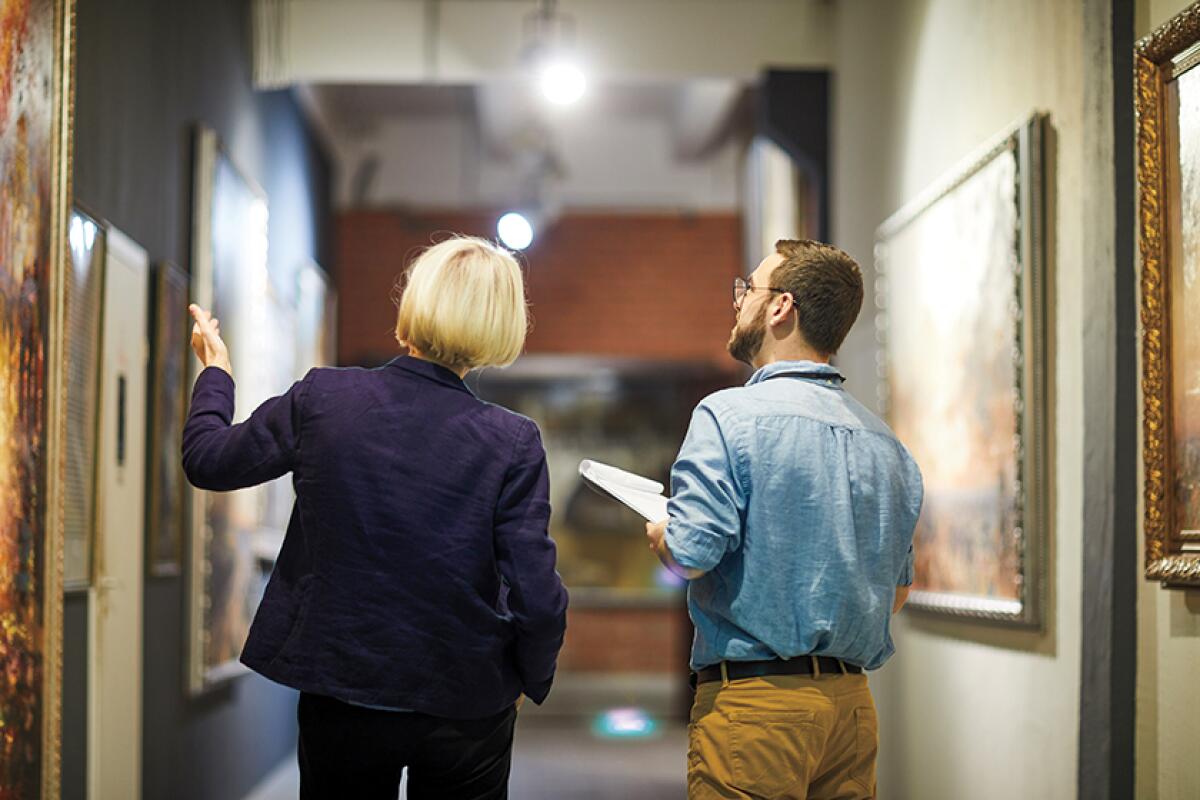Illicit Finance Takes on the High-Value Art Market

- Share via
The U.S. Department of the Treasury recently published a study on the facilitation of money-laundering and the financing of terrorism through the trade-in of high-value works of art. The subject is nowhere near as obscure as many may have believed.
This study examined art market participants and sectors of the high-value art market that may present money laundering and terrorist financing risks to the U.S. financial system and identified efforts that government agencies, regulators, and market participants could undertake to further mitigate the laundering of illicit proceeds through the high-value art market in the United States. The study was mandated by Congress in the Anti-Money Laundering Act of 2020.
Several qualities inherent to high-value art - the way it is bought and sold and certain market participants - may make the high-value art market attractive for money laundering by criminals. These include the high-dollar value of transactions, transportability of goods, a longstanding culture of privacy and use of intermediaries (e.g., shell companies and art advisors), and the increasing use of high-value art as an investment class.
“As we tackle systemic challenges, like corporate transparency and other loopholes that allow criminals to abuse the U.S. financial system, we will look at what else might be needed to address money laundering risks specific to other industries, including the art industry,” said Scott Rembrandt, Deputy Assistant Secretary for Strategic Policy in the Office of Terrorist Financing and Financial Crimes.
The study found that while there is some evidence of money laundering risk in the high-value art market, there was limited evidence of terrorist financing risk.
The participants most vulnerable to money laundering in the art market are businesses that offer financial services, such as art-collateralized loans, but are not subject to comprehensive anti-money laundering/ countering the financing (AML/CFT) of terrorism obligations. Asset-based lending can be used to disguise the original source of funds and provide liquidity to criminals.
Entities that have lower levels of annual sales turnover (such as small galleries) and entities that only occasionally transact high-value art (such as third-party online marketplaces, museums, other non-profits) may present lower risk, while entities that have larger annual sales turnover and regularly transact in high-value art in the ordinary course of business may present a higher risk. Further, the emerging digital art market, such as the use of non-fungible tokens (NFTs), may present new risks, depending on the structure and market incentives.
To address the identified risks, the study recommends consideration of several non-regulatory and regulatory options:
• Encouraging the creation and enhancement of private-sector information sharing programs to foster transparency among art market participants;
• Updating guidance and training for law enforcement, customs enforcement, and asset recovery agencies;
• Using FinCEN record-keeping authorities to support information collection and enhanced due diligence; and
• Applying AML/CFT requirements (such as suspicious activity reporting and know-your-customer procedures) to certain art market participants and/or obligating them to create and maintain AML/CFT.
In considering these steps, the Treasury will take into account how these measures could mitigate identified money laundering risk, the potential burden on smaller art market participants, privacy considerations, as well as progress on addressing systemic AML/CFT issues, such as the abuse of shell companies. In developing the study, the Treasury conducted dozens of interviews with art market participants, such as auction houses, galleries, financial institutions, art advisors, art subject matter experts across the U.S. government, international partners that regulate or are regulating the art sector, and academic and non-governmental organizations.